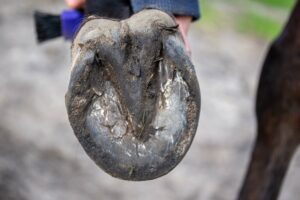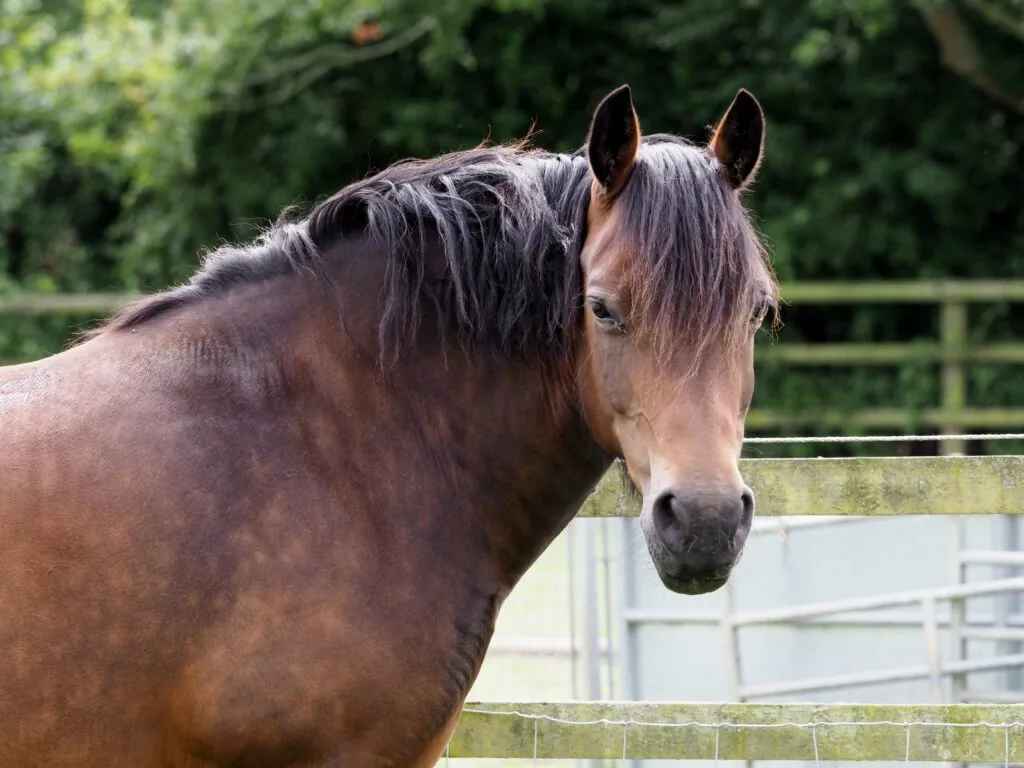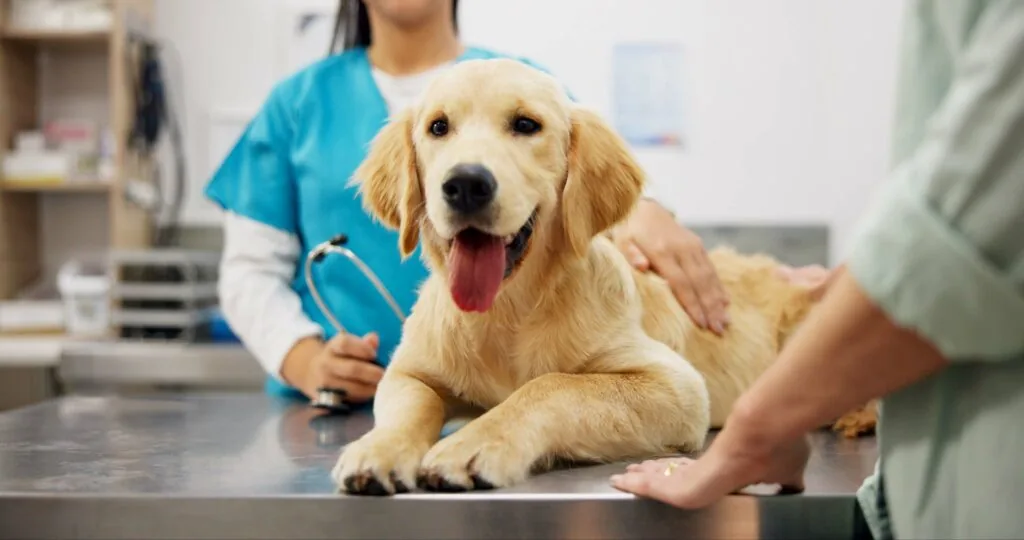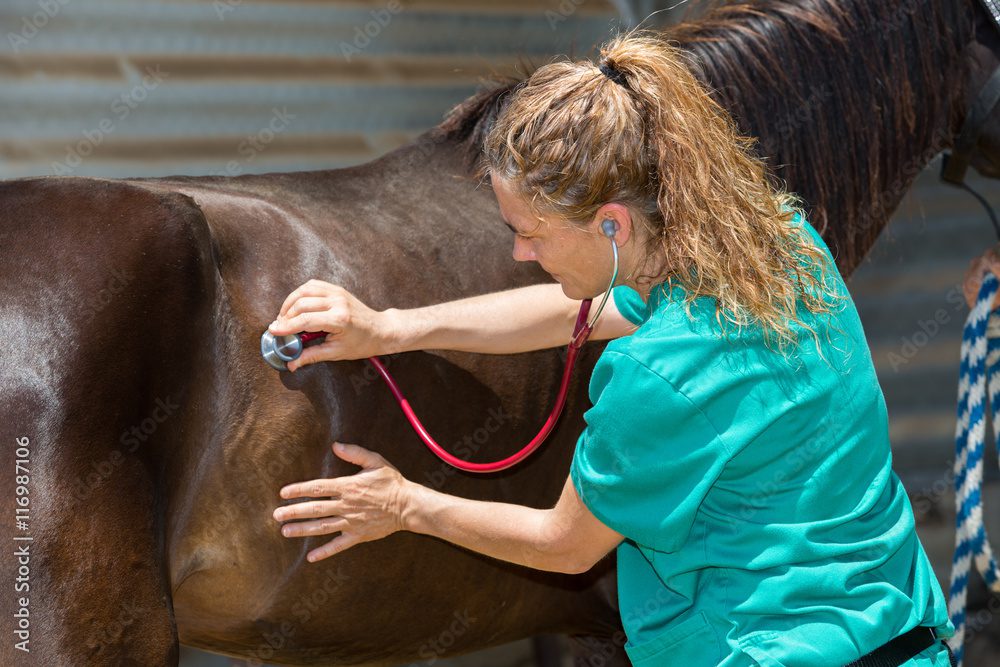Common Hoof Problems in Horses – and How to Prevent Them
They say, “no hoof, no horse”—and it’s true. Your horse’s hooves do so much more than carry them from point A to B. Healthy hooves support movement, balance, and performance. But because hooves are under constant stress and exposed to the elements, they’re also prone to a number of painful and sometimes debilitating issues.
At Southcentral Veterinary Services, we believe hoof care is one of the most important aspects of your horse’s wellness plan. Below, we’ll cover some of the most common hoof problems, what causes them, how to spot them early, and what you can do to prevent them.

1. Thrush: A Common, Smelly Nuisance
What it is:
Thrush is a bacterial or fungal infection that affects the frog and surrounding tissue. It thrives in damp, dirty environments and often gives off a distinctive foul odor.
Signs to watch for:
-
Black, crumbly discharge in the hoof
-
A strong, unpleasant smell
-
Sensitivity in the frog when picked or touched
-
Swelling or heat in the hoof (in advanced cases)
Prevention tips:
-
Pick hooves daily, especially during wet seasons
-
Keep stalls, paddocks, and run-in sheds clean and dry
-
Avoid standing water or deep mud
-
Use hoof disinfectants as needed, especially in rainy weather
2. Hoof Cracks and Chips
What they are:
Cracks and chips can form due to dry, brittle hooves, poor hoof conformation, trauma, or infrequent trimming. Left untreated, they can worsen and lead to lameness or infection.
Types of cracks:
-
Toe cracks: Start at the bottom and move upward
-
Quarter cracks: Occur along the side of the hoof
-
Grass cracks: Often superficial but can deepen with time
Prevention tips:
-
Stick to a regular farrier schedule (every 6–8 weeks)
-
Provide good nutrition with biotin, zinc, and amino acids
-
Keep hooves clean and moisturized in dry weather
-
Avoid frequent transitions between wet and dry footing
3. Abscesses: Sudden, Severe Lameness
What they are:
Abscesses are localized infections within the hoof, typically caused by bacteria entering through a crack, puncture, or compromised white line. They build up pressure and cause acute pain.
Signs to watch for:
-
Sudden-onset lameness (sometimes severe)
-
Heat and swelling in the hoof or pastern
-
Sensitivity to hoof testers
-
A small rupture at the coronary band or sole when the abscess drains
Treatment:
-
Soaking the hoof in Epsom salts
-
Poulticing and wrapping to draw out the infection
-
Veterinary or farrier intervention to pare and drain if needed
Prevention tips:
-
Regular farrier care
-
Maintain clean, dry turnout areas
-
Address any punctures, bruises, or cracks promptly
4. Laminitis: A Medical Emergency
What it is:
Laminitis is inflammation of the laminae, the soft tissues inside the hoof that connect the coffin bone to the hoof wall. In severe cases, the coffin bone can rotate or sink—a condition known as founder.
Causes:
-
High sugar or starch intake (e.g., lush pasture or grain overload)
-
Equine Metabolic Syndrome (EMS) or Cushing’s disease
-
Systemic illness, colic, or retained placenta in mares
-
Mechanical overload of a limb (e.g., compensating for injury)
Signs to watch for:
-
Reluctance to move or walk
-
Rocked-back stance to relieve pressure on front feet
-
Increased digital pulses
-
Warm hooves and pain when turning
Prevention tips:
-
Manage pasture access during spring and fall
-
Control weight and metabolic conditions
-
Provide low-starch, high-fiber diets
-
Act fast if your horse shows early signs—laminitis is always an emergency
5. White Line Disease
What it is:
White line disease is a fungal or bacterial infection that invades the hoof wall through a weakened white line (where the hoof wall meets the sole). It can cause separation and structural instability.
Signs to watch for:
-
Separation of the hoof wall
-
Crumbly or chalky material in the white line area
-
Lameness (in more advanced cases)
-
Hollow-sounding hoof wall when tapped
Prevention tips:
-
Maintain regular hoof trimming
-
Keep feet dry and clean
-
Ensure proper nutrition and hoof support
-
Treat early with topical disinfectants and corrective trimming
Tips for Keeping Hooves Healthy Year-Round
-
Daily hoof picking: A quick pick can prevent bigger problems.
-
Consistent farrier care: Don’t wait until hooves are overgrown—stick to a routine schedule.
-
Dry, clean footing: Hooves are healthiest when the environment is balanced—not too wet or too dry.
-
Proper nutrition: Talk to your vet about supplements if your horse has brittle or slow-growing hooves.
-
Regular checkups: Your vet can catch subtle lameness or early signs of disease during wellness exams.
Let’s Put Your Horse’s Best Foot Forward
At Southcentral Veterinary Services, we know that hoof care is a team effort between owner, vet, and farrier. If you have questions about your horse’s feet, are noticing changes in soundness, or just want guidance on prevention—we’re here to help.
Need a lameness exam or want to check in on hoof health? Request an Appointment or Call Us today. We’ll help you keep your horse sound, happy, and moving strong.
Share This
Recent Posts
About Southcentral Veterinary Services
Southcentral Veterinary Services is here to ensure that you and your pet can access a variety of high-quality, progressive medical services. Our aim is to serve our patients and clients with integrity, compassion, and a focus on being your primary family vet.



